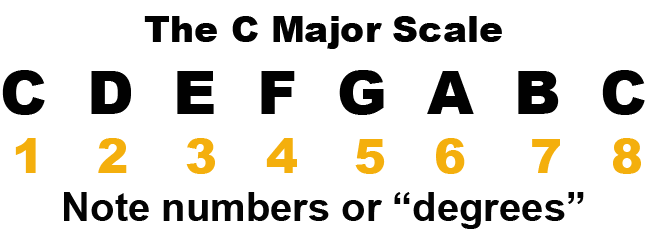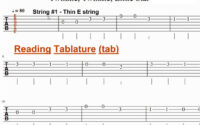How are Chords, Scales and Keys are Related

The “key” of a song is simply the root note of the scale the song is built on. So, for example, we say a song is in the key of D Major when the song is built on the D Major scale. D is the root note of the scale.
Specific chords are associated with the different notes of each major scale. And these chords also follow a specific pattern from key to key. This pattern tells us which chords sound good when playing along with songs in each key.
Here is a video describing the relationship between “keys”, “scales” and “chords” as well as briefly introducing the “1-4-5 Chord Theory”. This video is taken from the Muzictrain Course for New Guitar Players called “Guitar Magic” and is also featured in the instruction book, also called “Guitar Magic” soon to be available on Amazon.
The theoretical aspects of this conversation – keys/scales/chords – applies to other instruments where chording is important (like Ukulele, Banjo, Piano, Autoharp, and so on) as well.
The bottom line is that to play along with most songs you only need a limited number of chords. The most important ones are what we call the I-IV-V chords – the 1, 4 and 5 chords for that key.
These numbers refer to the notes of the major scale. They are “major” chords. The I (“1”) chord is based on the first note of the major scale. For example, for the key of G the I chord is G Major. The IV chord is C Major, and the V chord is D Major.
You won’t always need all three, but chances are you will. And you should also know the most common minor chords for each key. Those are the “ii” and “vi”. Again, for the key of G these are Am (ii) and Em (vi).
So this is the best way to learn chords – in SETS for different keys.



